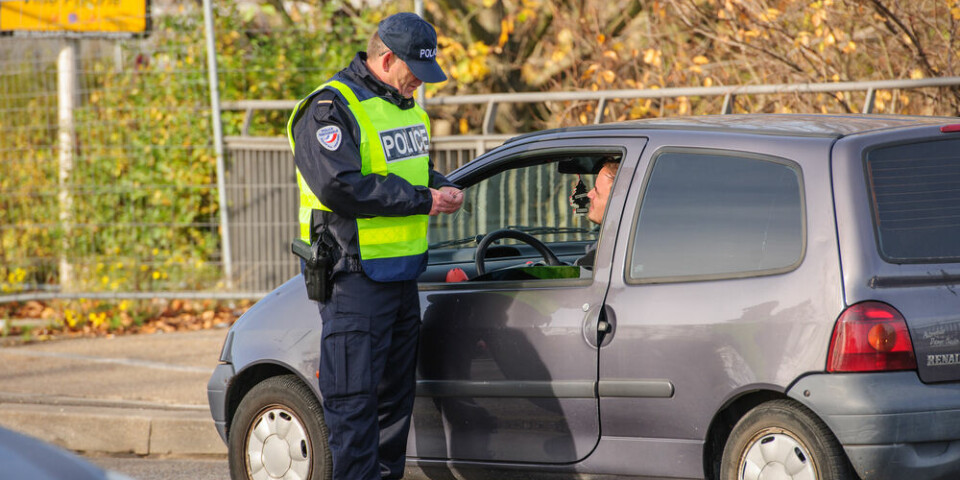-
Many Société Générale customers to be charged additional fees from April
There is some good news for international banking and instant transfers, however
-
Why gas prices in France are rising in April - and by how much
It comes after six consecutive monthly rises. Try these tips to reduce your bills
-
New notaire data suggests easing of Paris property crisis
Property experts have talked of ‘easing pressure’ and ‘breathing space’ after a four-year slump
Farmers' anger over new wolf control plan
Wolves blamed for more than 11,000 livestock deaths in 2017

A controversial new six-year plan intended to protect livestock from wolf attacks while ensuring the survival of the predator has come into force.
The farming community has already condemned the 'Plan Loup' (Wolf Plan) for 2018 to 2023, which limits the number of wolves - a species protected by international treaties - that farmers can kill to protect their animals
There are an estimated 400 wolves in France today, just over quarter of a century after the animal returned to the country from Italy. Farmers - especially in the Alps, Jura, the Vosges, the Massif Central and the Pyrénées - regard them as a threat. In 2017, the deaths of more than 11,000 farm animals was blamed wolf attacks. Sheep were by far the most common victims.
In 2016, the most recent year for which figures are available, State compensation for livestock lost to wolf attacks amounted to €3.5million.
The plan allows farmers to shoot dead 40 wolves this year. From 2019, the figure will be set at 10% of the average annual headcount, though that figure can be increased to 12% if deemed necessary.
Under new regulations, compensation for lost livestock depends on farmers implementing protective measures, such as electric fences and guard dogs - which cost the state €22.5million in subsidies in 2016.
The new rules also allow for a suspension of shooting rights from September to December to ensure that the number of wolves killed does not exceed set limits.
But farmers groups argue that they need to kill wolves all year round to protect their livelihoods, and that compensation should not depend on whether an individual farmer has these additional protections.
They point out that the wolf population is rising fast. In 2017, the count established the French population at 360 compared to 292 the previous year. Farmers are concerned that the new plan's 'viability threshold' is set at 500, a figure they believe is too high.
Stay informed:
Sign up to our free weekly e-newsletter
Subscribe to access all our online articles and receive our printed monthly newspaper The Connexion at your home. News analysis, features and practical help for English-speakers in France
























